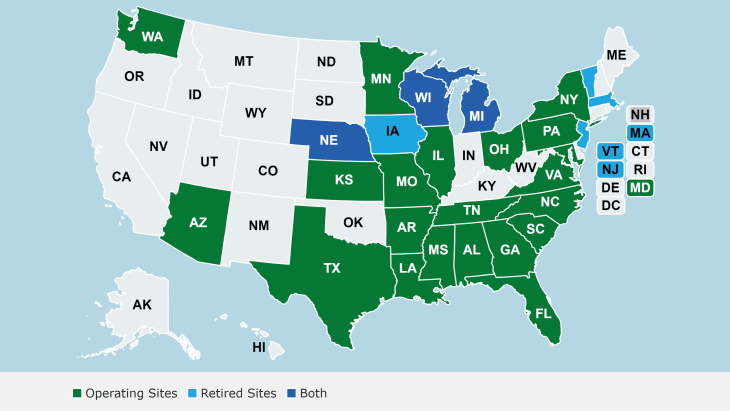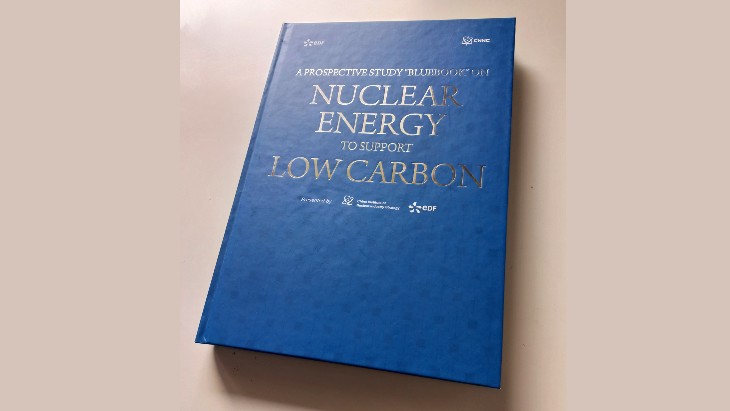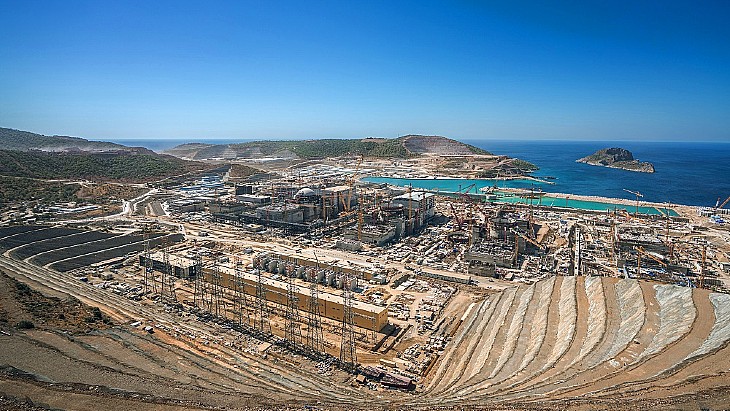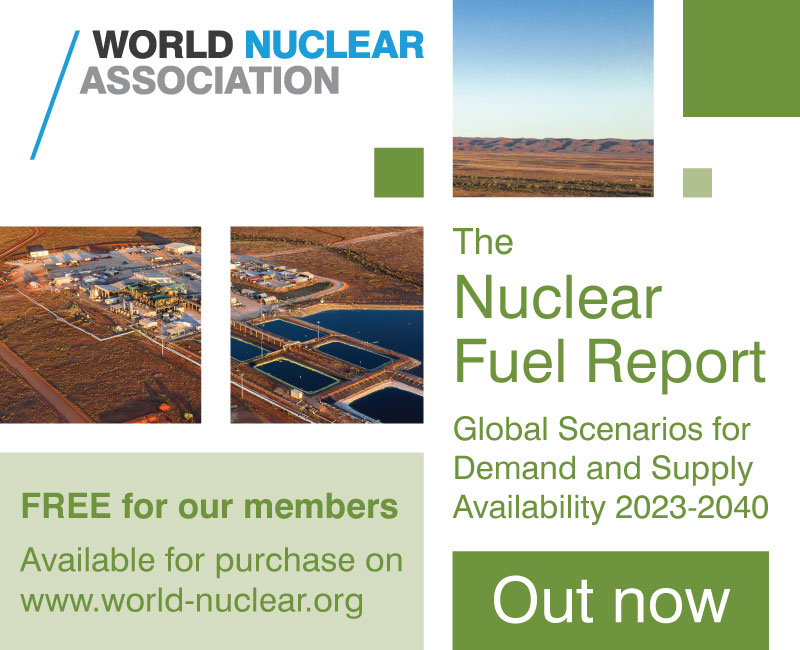Fortum considers nuclear new build projects
.jpg)
As part of the study, Fortum will examine commercial, technological and societal, including political, legal and regulatory, conditions for the construction of new reactors.
The feasibility study will also consider the new build process, such as progress of planning, siting, and licensing. Fortum said the working group's intention is to engage the essential external stakeholders, such as political decision makers, civil servants, and nuclear safety authorities in Finland and Sweden, in active dialogue.
"With the current uncertainty in the energy market, ventures in the nuclear industry will most likely involve partnership constellations," Fortum said. "Partnerships may be formed e.g. between nuclear generating and district heating companies, industrial off-takers of power and heat for whom competitive energy supply is of increasing strategic importance, and nuclear utilities, or start-up companies and established utilities with nuclear competence. Thus, the feasibility study will also explore the potential for service business offerings for new projects in Europe and hydrogen for industrial applications."
"The goals of energy independence, security of supply and carbon neutrality are challenges facing our entire society," said Simon-Erik Ollus, Executive Vice President, Generation Division at Fortum. "We want to find out under which conditions we could meet them with nuclear power generation, which is known to be reliable and CO2-free."
"The challenges related to new nuclear are well-known. Achieving competitive construction times and costs are must-win battles for our industry," said Laurent Leveugle, who is leading the study. "In this feasibility study, we aim to explore novel partnerships, new business models and technologies, such as small modular reactors, which are promising in terms of taking nuclear power forward to future generations."
Fortum operates the Loviisa plant - comprising two VVER-440 type pressurised water reactors - which was the first nuclear power plant in Finland and currently provides more than 10% of the country's electricity. Loviisa unit 1 began commercial operation in 1977, with unit 2 following in 1981. In March, the company applied to operate both units 1 and 2 of the plant until the end of 2050. The current operating licences expire at the end of 2027 and 2030, respectively.
The utility also holds stakes in units 1 and 2 of the Olkiluoto plant in Finland, as well as in units 1-3 of the Forsmark plant and unit 3 of the Oskarshamn plant, both in Sweden.
In a blog post in April, Fortum's Head of Nuclear Future Agenda, Matti Kattainen, said: "For us at Fortum, nuclear power is a central pillar of carbon-free electricity generation together with hydro and wind power. We just submitted an operating licence application to continue production at Loviisa until 2050. Nuclear power's stabilising effect also makes it possible to increase weather-dependent, renewable energy production.
"One of Fortum's key strategic targets is to strengthen and grow in CO2-free generation. In terms of nuclear power, the share of production of Olkiluoto unit three and the lifetime extension of the Loviisa nuclear power plant are part of our strategy implementation. Fortum is exploring opportunities to also grow in small nuclear power."
In January 2020, Fortum, Estonia's Fermi Energia and Belgian engineering company Tractebel agreed to start enhanced cooperation on studying SMR deployment project in Estonia. Research will focus on a licensing model suitable for SMRs and a preliminary siting study for light-water SMR deployment.
Fortum said "any decisions about future investments [in new nuclear] will be made in due course".
_92619.jpg)
_84504.jpg)











